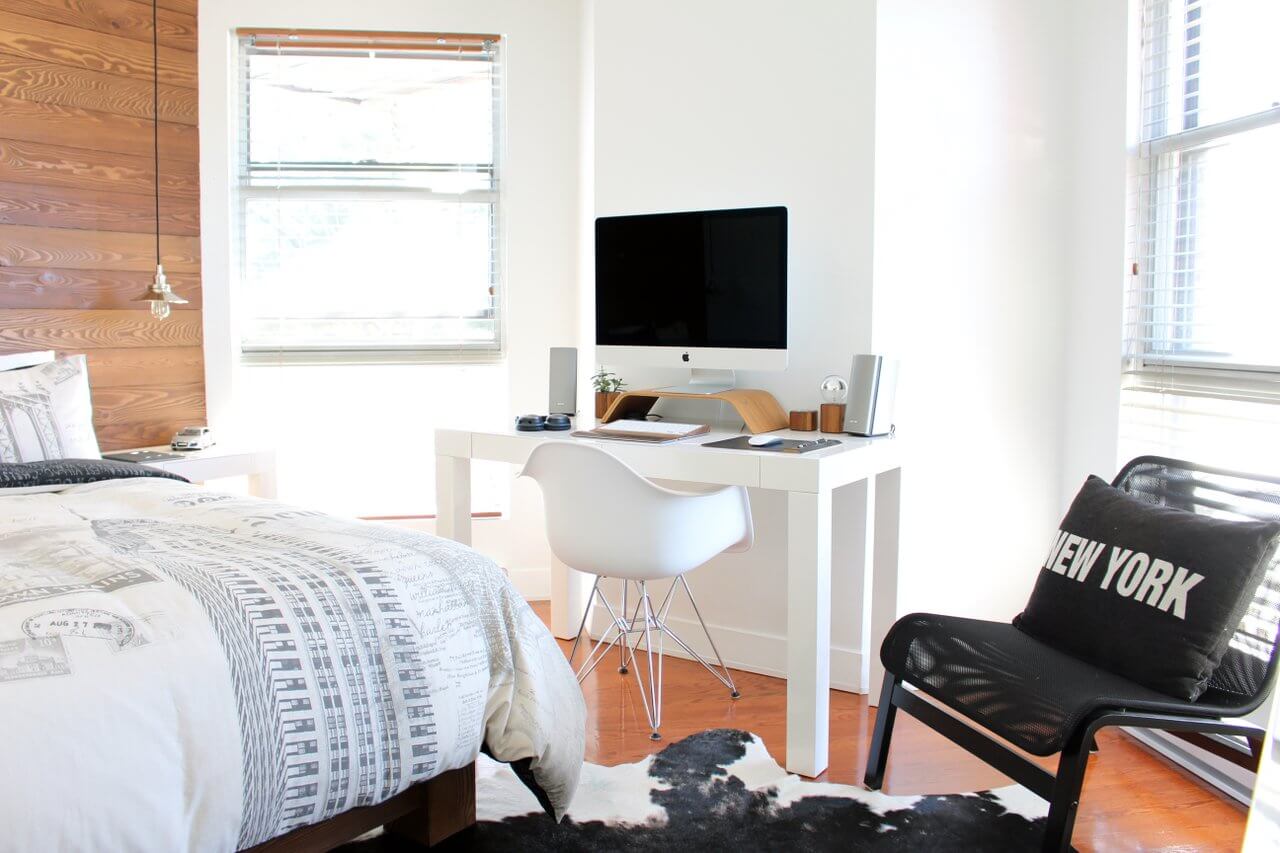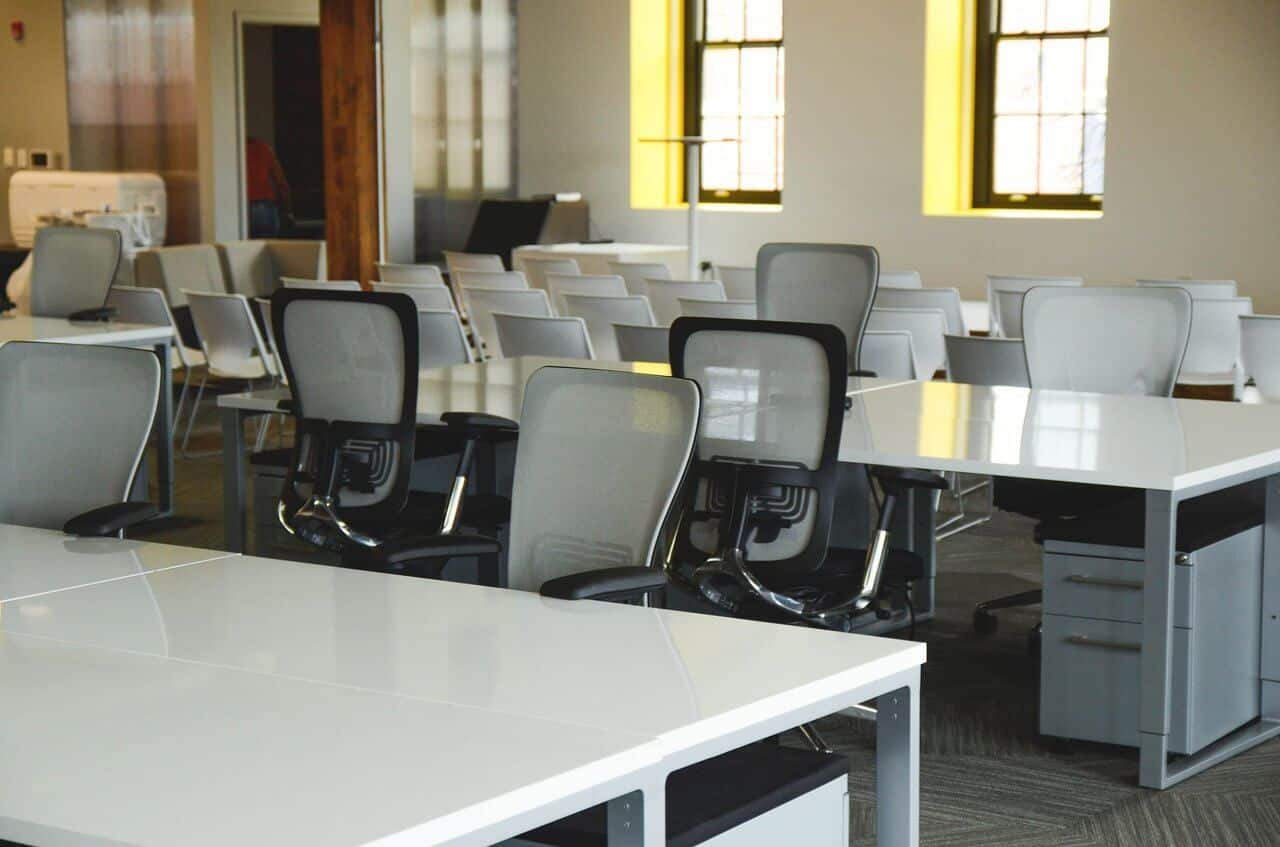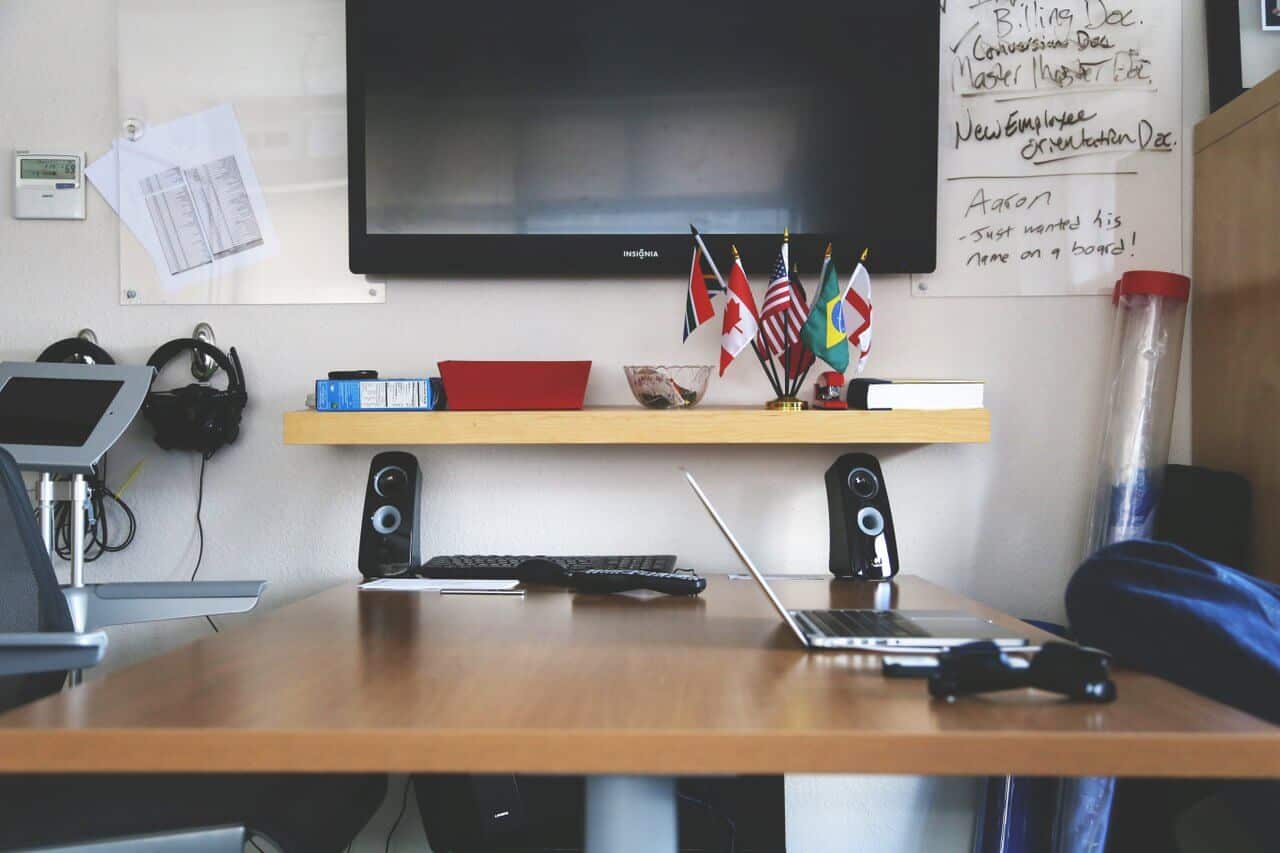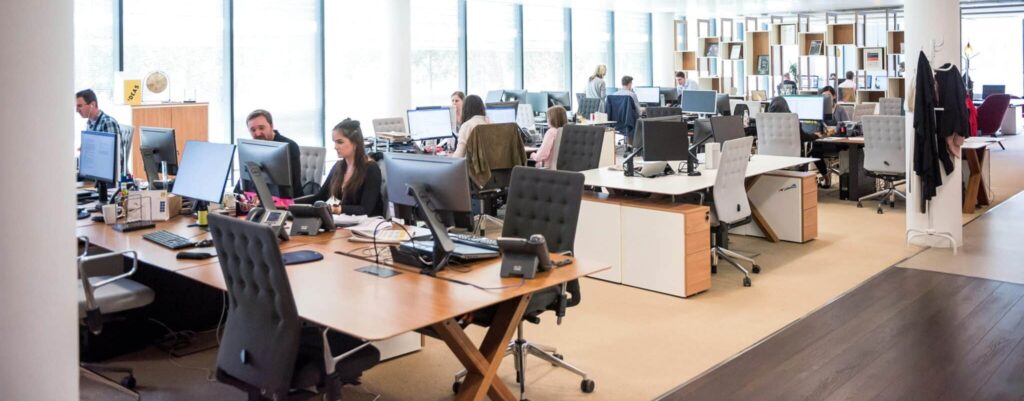How to Adjust Your Office Layout Plan for Employees Who Work From Home


The increasing popularity of remote work has created unique challenges for facility managers. Creating a productive environment for both telecommuters and office workers is easier said than done. Through a combination of culture, design and technology, facility managers can create a workplace where both flex workers and full-time employees thrive.
While finding ways to accommodate remote workers through your office layout may seem counter-intuitive at first, doing so can improve team communication and the overall comfort of the space.
Implement hot desking

Hot desking is a style of office organization that lets employees work from whatever desk is available rather than a designated spot.
This type of space can accommodate busier periods when there are more workers in the office, while also encouraging employees to develop relationships with their coworkers.
Hot desking doesn’t have to be a sweeping change throughout your office; you can alternatively implement mixed spaces that are a combination of assigned seats and hot desks, ensuring structure while providing flexibility.
Use flexible furniture
Modular desks and easy-to-store chairs can help you stay on top of spacing needs when there’s an influx of workers in the office. The remote workers on your team will still have space to work and can choose furniture that suits their needs, but on days when the office is less busy, you can capitalize on the benefits of a more roomy workspace.
Invest in communication

Use technology like high quality speakers, microphones and larger displays for conferencing to ensure communication is as clear as possible during meetings.
Miscommunication is one of the greatest risks when teams have members that work remotely.
Installing strong conferencing software like Screenhero and screen-sharing apps can help maintain a fluid sense of collaboration between remote workers and in-office employees.
Establish private e-meeting spaces
Creating a private room for e-meetings with remote workers might seem like a low priority, but it’s an important aspect of keeping comfort high and communication as strong as possible.
A private meeting room can help drown out ambient sounds and conversations that distract both remote workers and office workers alike. Make sure the room is free of any acoustic disruptions like echoes and any lighting issues that may make it difficult to see presentations or faces on the displays.
Prioritize personal space

When remote workers join your team for the day, it’s going to feel a lot more crowded. Provide enough gaps or desk space in between workers to avoid an atmosphere of clutter and claustrophobia.
Conflict can quickly arise between workers when there isn’t enough space for people to work comfortably, and these feelings can amplify any divide between in-office staff and remote employees.
If you’re short on space, use desk dividers to give workers a sense of privacy and comfort even in tighter spaces.
Remote work is a reality of today’s mobile workforce and economy. With the help of facility management software, FMs can accommodate different work schedules and lifestyles within an office. They’ll also be able to shape a space that can adapt to unexpected challenges while maintaining a strong sense of culture and comfort.
Photos: Gabriel Beaudry, StartupStockPhotos, StartupStockPhotos, StartupStockPhotos



